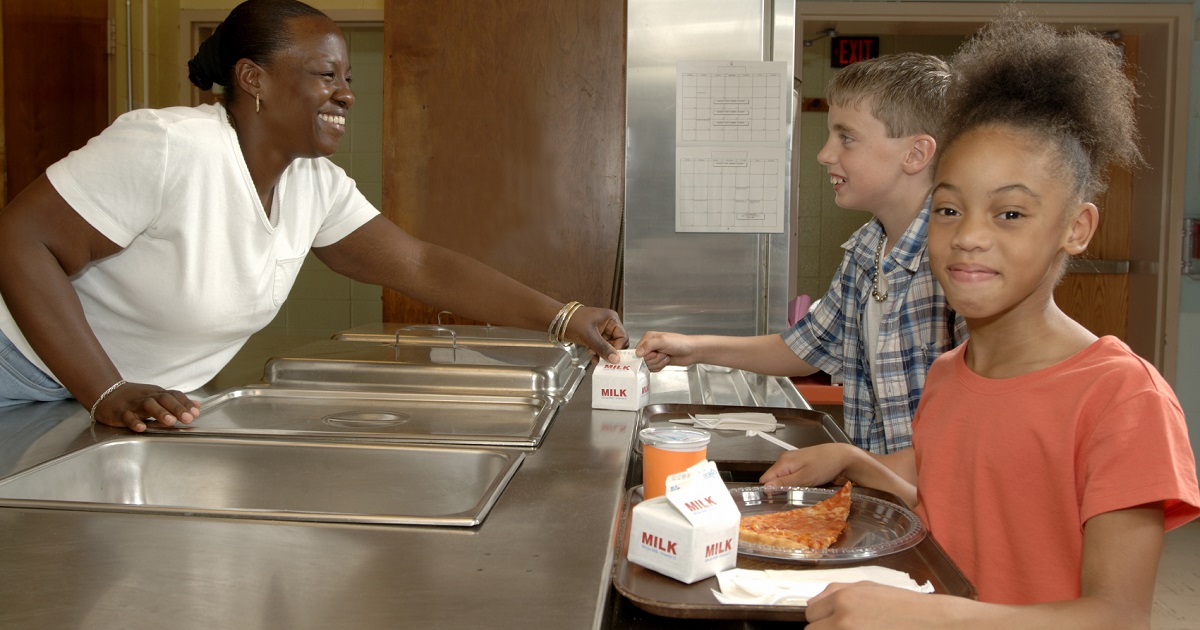For Media Inquiries
Contact Revee White, Director of Marketing and Communications at rwhite1@mem-ins.com or 573.499.4190.
Schools are full of opportunity. They offer the chance to learn new things, discover passions and meet lifelong friends. However, bustling hallways and classrooms can also pose safety hazards. The number one way to be injured on the job in a school is a slip, trip or fall. It’s important for school administrators to take this seemingly simple safety risk into consideration.
On this episode of the WorkSAFE Podcast, we’re joined by Edward Gray of Robson Forensic. He is a facilities engineer, property management expert and patent inventor. His experience includes construction, maintenance and repair.
First, we’ll share the number one hazard present in schools. Then, we’ll talk about common ways both staff and students get injured. Finally, we’ll discuss how schools can make positive changes to prevent hazards.
Listen to this episode on the WorkSAFE Podcast, or read the show notes below.
Slips, trips and falls: The top school safety hazard
The most common way to be injured in a school is a slip, trip or fall. It’s no surprise when hallways, classrooms and cafeterias are often littered with backpacks and books, spilled juice and kid-sized furniture. But despite being the leading hazard, slips, trips and falls are easy to overlook. Gray has spent most of his career working in educational settings. He finds that complacency is the heart of the problem.
For example, nearly everyone who takes a flight sits through a safety presentation. A flight attendant runs through the basics: wearing a seat belt, using an oxygen mask, finding the exits. After a while, many people ignore it, assuming they’ll know what to do. But the truth is that each plane is different. And although these basics seem unimportant, in an emergency, they are.
Security and health often overshadow safety
School safety tends to focus on violence prevention and teacher security. Further, COVID-19 has taken the spotlight in recent years. “We’re all familiar with the Centers for Disease Control,” Gray shared. The CDC has been a source of health and safety information for schools across the country. However, they also highlight a hazard that has a larger day-to-day impact: falls. “School-associated injuries that result in hospitalization are falls, and that’s 43 percent.”
Gray doesn’t think schools should abandon their health and security efforts. But small changes could have big impact on an impactful hazard. “I think school shootings are very critical out there,” he added. “But if 43 percent of all school hospitalizations are due to falls, that’s something that we really can move the needle on, and we really can make a big difference with that.
Top 5 school safety hazards
Safety hazards show up in different places. “There are the 5 most common areas that results in slips, trips and falls in schools,” Gray shared. He finds that they are:
- Stairs. Students and staff are often in a rush during the school day. They move from classroom to classroom, from the cafeteria to the gym. If they use the stairs, then they often forget to use the handrails. A trip or fall on steps can result in a serious injury.
- Snow and ice. Wet weather creates wet floors indoors. A scraper mat can help reduce risk. But many slip incidents happen in the first 15-20 feet past the mat.
- Ladders. Students face the risk of falling from ladders on older playgrounds. Staff may use older ladders that aren’t in good condition. A few even opt not use a ladder when working at height, unsafely using a chair or desk instead.
- Elevation. It only takes one quarter of an inch difference between surfaces to trip. Uneven sidewalks, doorways or carpeting can cause people to trip between thresholds.
- Slick surfaces. Cafeterias are home to food-related spills. Slip risks include oily floors in a kitchen, spilled food and even squashed ketchup and mayo packets.
Practical ways to make schools safer today
For Gray, it’s in everyone’s best interest to be safe: students, administrators, teaching staff. An unsafe school environment means everyone has the potential to be injured. “It’s not that just safety is the custodian’s or the janitor’s issue,” he explained. “It’s really all of ours, because we’re all exposed to those hazards.”
He points to a unique way to eliminate safety risks. “There’s a school formula, that hazard plus exposure equals danger,” he shared. “So if you remove one of those hazards, or the exposure to it, the danger goes away.” There are a few simple ways schools can start eliminating risks.
Share best practices
“It’s nice to always start off and do a kickoff to the year with everything that the school wants to accomplish,” Gray said. This includes staff and students. Set safety rules for students and staff. For example, no running or horseplay, holding handrails and wearing safe shoes. Then, hold an assembly at the beginning of the year. Explain that the rules aren’t a punishment – they’re meant to keep people safe.
Do regular maintenance
Regularly inspect the tools and equipment staff use. For example, a simple task often overlooked in older schools is cable management. “A lot of the schools that are in the United States were built before the prevalence of electronic media and computers and wires,” Gray shared. Route electronic cables out of the way. Install hooks to keep cords out of the way, such as those on projector screens or window blinds.
Raise safety awareness
Signs and posters can help keep safety top of mind in schools. Gray has seen some schools invest in even more visible items, like drawstring backpacks. He encourages schools to give out small safety awards for pointing out hazards. It can be as simple as a pen or free lunch pass.
Students – and staff – can earn rewards for improving safety. More importantly, they learn to report hazards when they see them. “It’s not just from the student end,” Gray said. “People will always remember almost unconsciously to go ahead and report a water situation on the floor. They’ll be able to report a pothole in the parking lot.”
Basic school safety is worth the time
Spending time on school safety is a worthy investment of time. “If the school re-embraces the basics, then I’m sure that they’ll be able to go ahead and put a safety culture back into the school setting,” Gray explained, “And then have people become more aware of what they’re doing as they walk around the school properties.”
For more resources on school safety, visit our free resource, Schools and Workers Compensation: A Complete Guide.

